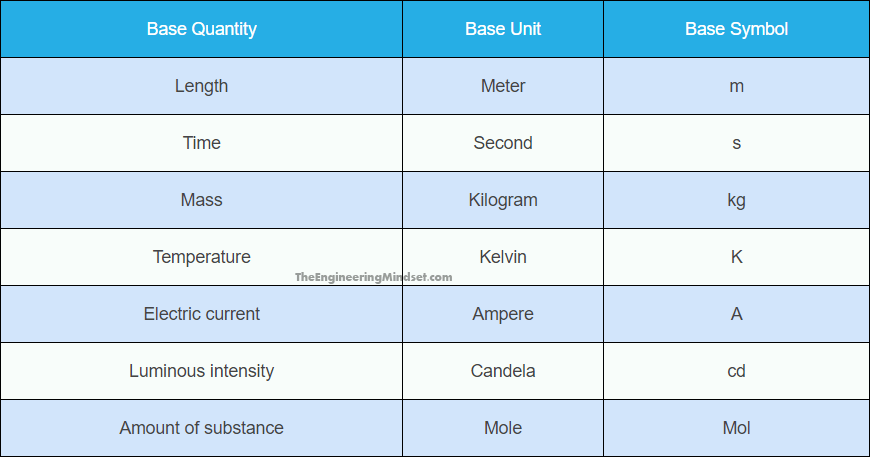Gradle
[] Gradle
A reliable build too is needed for your DevOps tool stack
Git
[x] git
Used in the software industry and is popular DevOps toop
Jenkins
[In progress] Jenkins
Go-to automation tool of Devops
Bamboo
[] Bamboo
The automation of te delivery pipeline couldb be achieved by both. Cons: Intruction of the pipeline can not be save
Docker
[x] docker
It is a container platform which are used to deploy products
Kubernetes
[] kubernetes
The containerized application’s deployment, scaling, and management could be automated by an open-source system
Puppet Enterprise
[] Puppet Enter prise
A configuration management platform which is also cross-platform
infrastructure could be managed by the Puppet tool
Ansible
[] Ansible
Similar to Chef and Puppet, a configuration management tool
Nagios
[] Nagios
A DevOps monitoring tool, problems could be found and fixed with Nagios tool
Raygun
[] Raygun
It is a platform which reports crash and monitors errors.
 An Imgur Image
An Imgur Image.png)